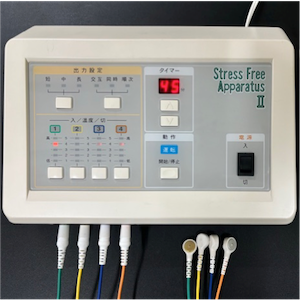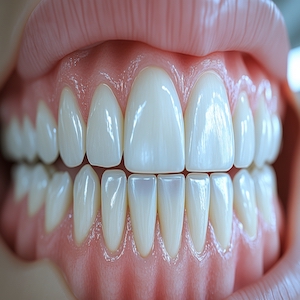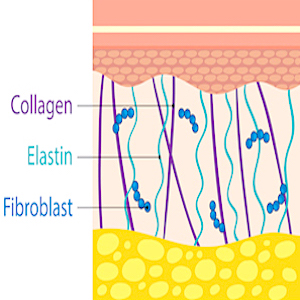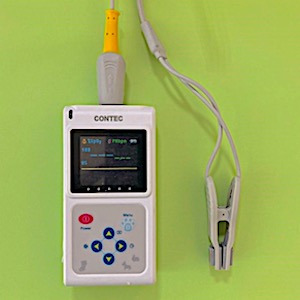Evaluating the effectiveness of two wavelengths of 810 and 980 nm Diode laser with two different beam profiles on tooth discoloration in bleaching: an experimental study

All claims expressed in this article are solely those of the authors and do not necessarily represent those of their affiliated organizations, or those of the publisher, the editors and the reviewers. Any product that may be evaluated in this article or claim that may be made by its manufacturer is not guaranteed or endorsed by the publisher.
Accepted: 28 April 2024
Authors
Teeth color has a significant impact on facial aesthetics. Tooth bleaching is the safest way to lighten the color of your teeth. Today, hydrogen peroxide is the most commonly used bleaching agent. The diode laser is one of the light sources that speeds up the bleaching process. One of the laser beam features is the laser beam profile, which depicts the distribution of laser intensity across the beam section. The goal of this study is to look into the effectiveness of Gaussian and Flat top beam profiles on tooth shade using two diode laser wavelengths of 810 and 980 nm in the tooth bleaching process. Fifty human anterior and premolar teeth were extracted and placed in a tea and coffee solution for three weeks before being divided into five groups. The first group did not receive laser radiation because 40% hydrogen peroxide was used; in the second and third groups, the profile of the flat top beam and the wavelength were 810 and 980 nm, respectively; and in the fourth and fifth groups, the wavelength of the Gaussian beam profile was 810 and 980 nm. The shade of the samples before and after bleaching was measured with a CIELab-based spectrophotometer, and the results were analyzed using one-way ANOVA and Tukey’s multiple comparison test. All bleaching methods resulted in a significant change in tooth color (ΔE>3.3). There was a significant difference in average shade changes across groups (P<0.001). The highest degree of shade change was observed in two groups of lasers with a wavelength of 980 nm and profiles of Flat top beam (ΔE=5.35) and Gaussian (ΔE=5.02). There were no differences between the remaining groups. We conclude that the 980 nm wavelength produces a greater shade change than the 810 nm wavelength and chemical method. The diode laser’s 810 nm wavelength has no effect on the shade of teeth.
How to Cite

This work is licensed under a Creative Commons Attribution-NonCommercial 4.0 International License.










